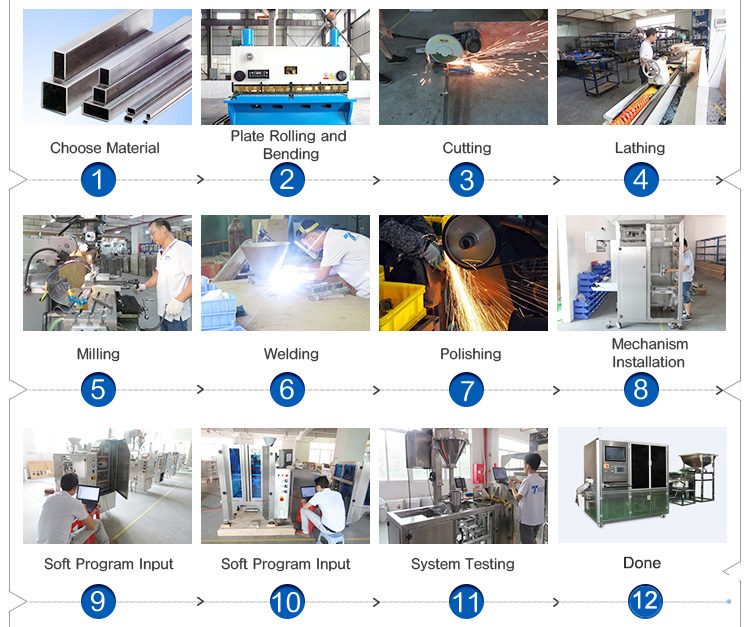Anhui Keye Information & Technology Co., Ltd. |
|
Food Cans Quality Inspection Machine With Hardware Software Structure
Food jars must be inspected prior to shipment to ensure that they have an expiration date code on the lid, proper labeling on the jar body and a security seal. In the past, inspection of food cans was done manually by humans. This is a time-consuming and expensive process prone to human error. To reduce the cost of manual inspection and increase efficiency, KEYE Vision Systems has developed a vision-based automation system specifically for food can product inspection.
Inspection overviews
During the actual inspection process, food cans containing specific food items are conveyed into the vision system via a conveyor belt. As soon as the food can enters the vision system, the optical sensor is triggered. Subsequently, encoders mounted on the conveyor belt begin to track the position of the food cans until the cans reach an optimal position in the system. At this sweet spot, the five cameras are triggered to capture a 360° view of the outside of the jar as well as an image of the jar lid:

Detection details
Four cameras are used to capture images of the sides of the food cans as they move on a conveyor belt to detect missing labels and security seals. Another camera is used to detect if the cover has a date code printed on it. Five cameras were used in the system, which were installed in the XY plane at a distance of 300mm from the food can, and used to capture four images of the side of the food can. Each camera is equipped with polarizing filters to ensure that the light emitted by the white LEDs does not saturate the imager in the camera directly facing it.
A fifth vertically mounted camera was used to capture images of the tops of food jars. The camera's lens is mounted by means of a small hole cut into an opaque rigid plastic sheet to provide an inexpensive alternative to pre-lighting. The light from the four LEDs, located in the x/y plane, is reflected by the plastic plate to provide sufficient illumination for the top of the food jar in an evenly diffused manner. Once the system is triggered, the camera starts capturing data, transferring this data to a PC, where the vision inspection software will process the five images.
Solutions
In the actual inspection process, the software component calculates the position of the food can on the conveyor belt, triggers the camera to capture an image of the food can, and roughly calculates whether a defective food can is found. If a defective food can is found, a pneumatic rejection system is activated to remove the defective food can from the inspection line.
After the vision system software has inspected whether a food can has a date code, label, or security seal, the results from these three inspection processes are recorded by another component of the system software. If one of the three inspection items is missing, the system software uses data from the light reflection sensor and encoder to determine when A pneumatic nozzle should be triggered to reject the failed food can from the conveyor after it leaves the visual inspection area.

If the vision system is triggered and the software fails to find
any product in the image captured by the camera, the system will
automatically initiate a reject procedure, deeming a non-conforming
product detected. To ensure that no wrong product is shipped to the
customer, the system employs a second photoelectric reflective
sensor. If a food can determined by the vision system to be
rejected continues on the conveyor
Conveying downwards, this photoelectric reflection sensor will be
triggered. At this point, the system will alert the operator to the
need for human intervention to remove non-conforming product from
the line.
Features of system
| 1.AI algorithm: high stability, adapting to the environment and background disturbance; different defect samples can be automatically identified after training |
| 2.Dataization: Independent database, save multiple samples, analyze non-good products, and retain history |
| 3.Multi-orientation: 360 ° comprehensive inside and outside the samples |
| 4.High precision: detection accuracy can be high |
| 5.Modularization, can flexibly increase or decrease the detection function according to customer actual needs |
| 6.Easy to operate: It is easy to operate and easy to maintain |
| 7.Safety: Medical grade material manufacturing, fully compliant with medical supplies production environment |
Machining process
